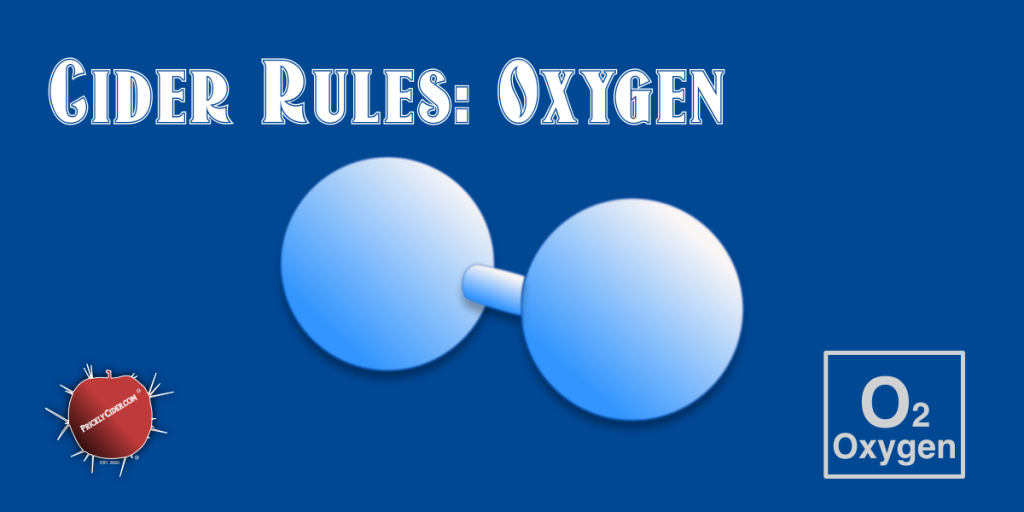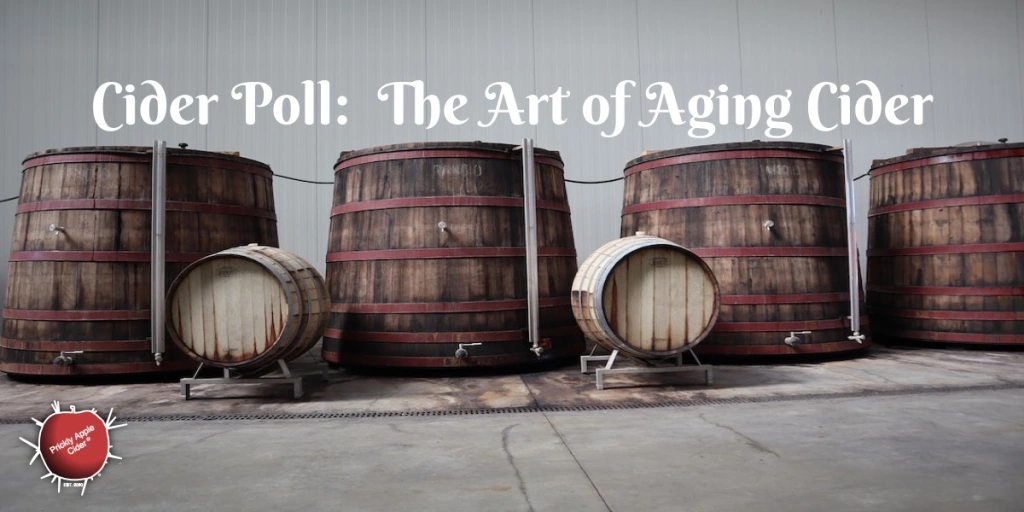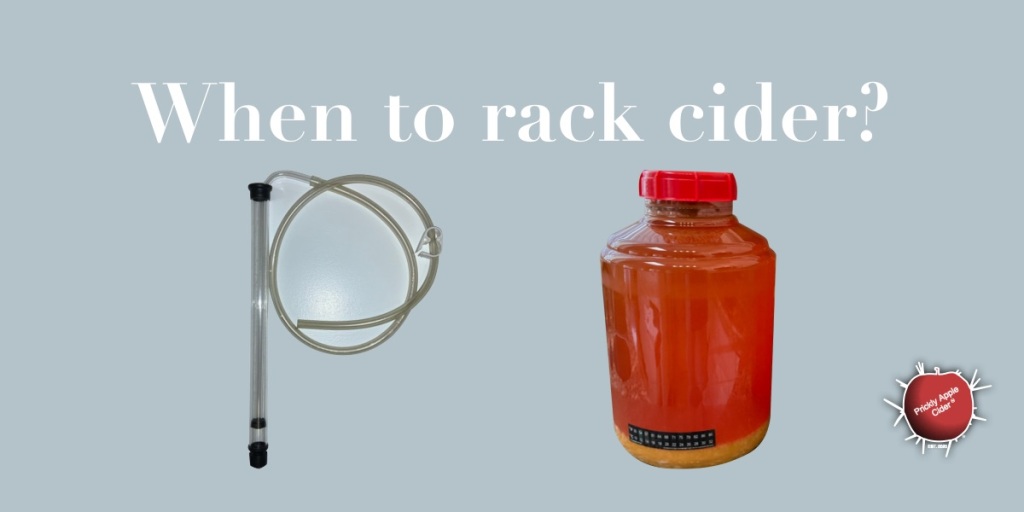
Have you ever heard of autophagy before? No? Don’t worry, I had never heard about it until I read chapter two of Molecular Wine Microbiology(1). Autophagy is strongly linked to autolysis, which I covered in an earlier Mālus Trivium article. This is all part of the process where yeast die and release compounds stored within the yeast cell into the hard cider you are making. This process is most prevalent when cider is aged on the lees, which is the sediment of yeast, solids, and other compounds that settle out of your hard cider. While autolysis is the release of these compounds once the yeast die, yeast don’t just immediately die and release various compounds.
Yeast are very good at staying alive and reproducing. They have numerous pathways that allow the breakdown of compounds into usable elements they need in their quest to survive and reproduce. Many of these elements are stored and maintained in order to help them survive in toxic or stressful environments, like high ethanol, cold or heat, high sugar, high sulfite conditions, and low nutrients. However, during extended periods in these stressed conditions, yeasts cells can actually start to deconstruct or a better description, devour, themselves. This is what autophagy means, literally. In Greek, auto means self and phagy means to eat so autophagy literally mean self-eating. The yeast cells, which when healthy will generally have a plumb and smooth surface finish will begin to collapse. You will start to see dips, folds, and shrinking. The yeast use autophagy as a way to endure and survive. This is why it’s a good idea to make a starter with sufficient nutrients when trying to recover aged yeast. This will help them bulk back up. For reference, the ATG group of genes have been found to support autophagy in Saccharomyces yeast. These genes allow the yeast cells to draw key nutrients from its stores to endure these periods of starvation and stressful environments.
(1) A.V. Carrascosa and associates, Molecular Wine Microbiology – Saccharomyces Yeasts II: Secondary Fermentation, 2011
Did you enjoy this article? Don’t miss future posts from PricklyCider.com by following us today! PricklyCider.com is your source for all things cider.









